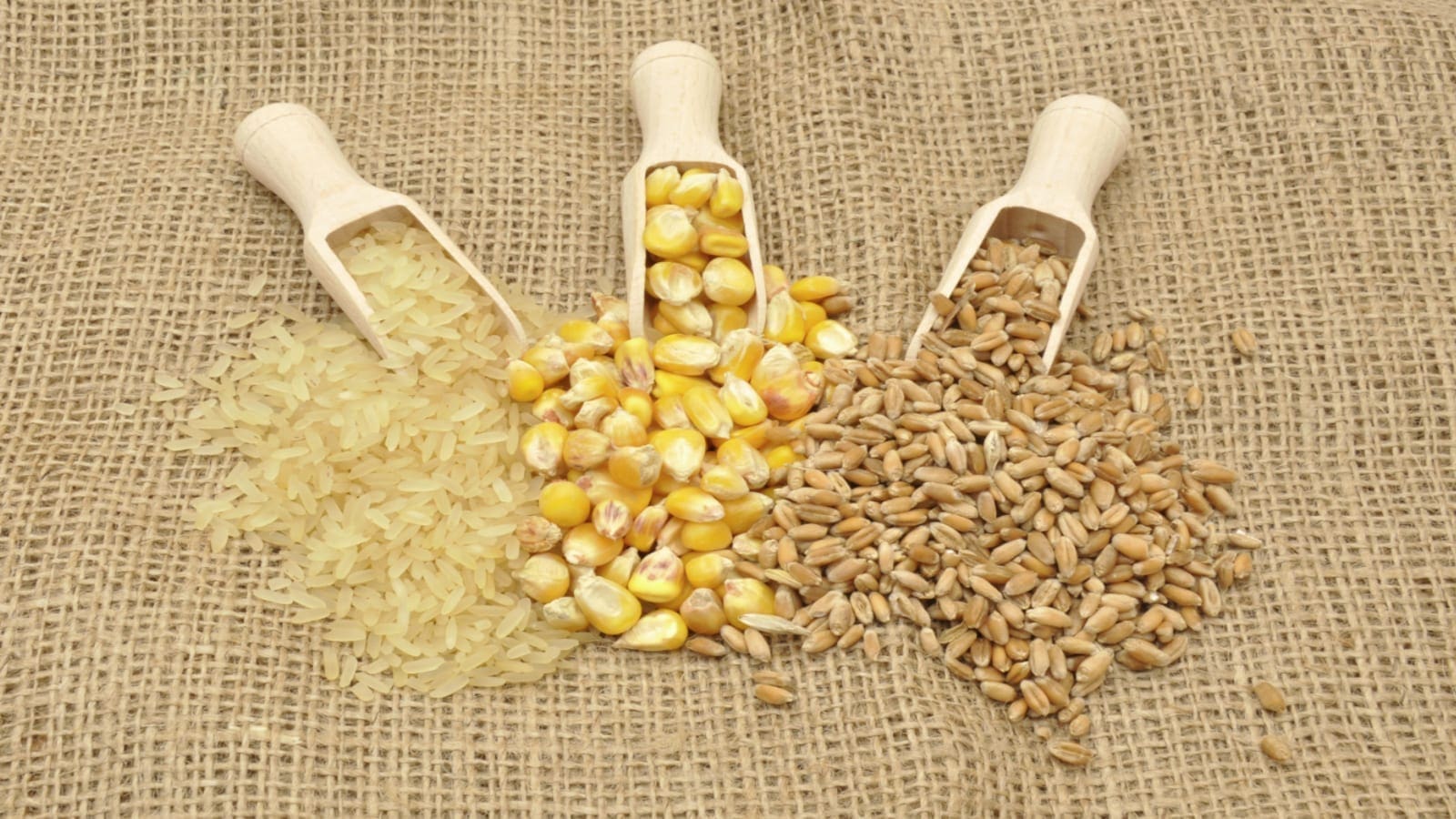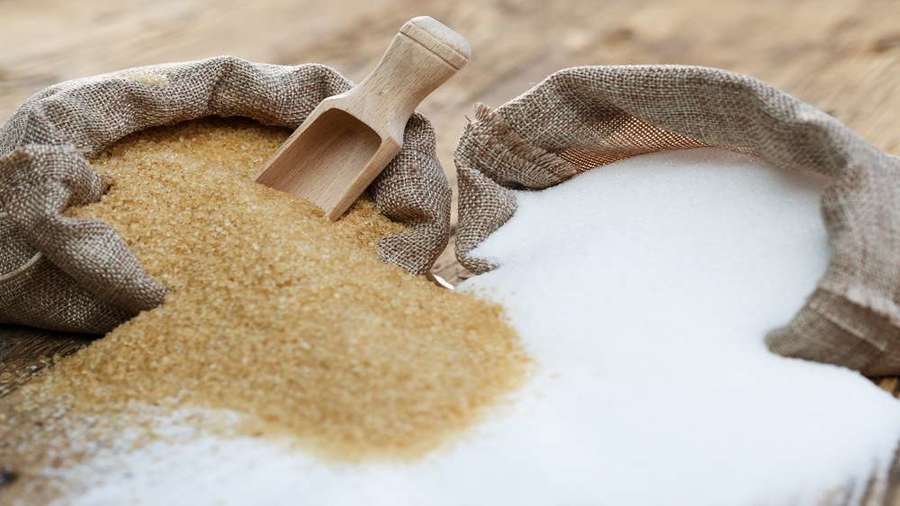EGYPT – Grain production in Egypt is forecasted to marginally rise in the marketing year (MY) 2021/22 with wheat expected to increase by 1.12% to reach 9.0 million metric tons (MMT), from 8.9 MMT of MY 2020/21.
The rise is attributed to the increase in total area harvested; set to come in at 1.4 million HA compared to 1.39 million HA the previous year.
Meanwhile, corn and rice production according to Foreign Agriculture Service (FAS) Cairo forecast, are expected to remain unchanged from previous year’s out-put of 6.4 MMT for corn and 4.0 MMT for rice.
This is as a result of the cultivated area remaining the same especially for rice production which has been restricted only in the Delta area provinces in a bid to limit seawater intrusion into other lands and prevents salinization of the soil.
Egypt’s local rice consumption faces stiff competition from other grains
With a rising population, Egypt’s wheat consumption during the period under review is subject to rise by almost 2.4% from 20.8 MMT to 2.4 MMT, driven largely by uptick to a 2.5 percent increase in food, seed and industrial use (FSI) consumption.
The country currently has more than 410 public, public/private, and private sector mills with total investments of more than US$1.5 billion.
For corn, post forecasts total corn consumption in at 16.9 MMT, up by approximately 1.2 percent from of 16.7 MMT.
This will be largely driven by the poultry sector’s feed consumption estimated to grow by almost 1.4 percent as the larger producers consolidate and vertical integration increases.
Egypt’s poultry industry houses 25,000 licensed farms, with investment reaching EGP 90 billion (US$4.15 billion).
For wet milling processes, the country consumes 1-1.5 MMT of corn. There are five major corn wet milling companies operating in Egypt and their goal is to expand capacity in the coming 2-3 years.
Cairo 3A Company has the largest share of the wet milling market in Egypt (more than 70 percent) and has also been the leading importer of corn over the past five years.
FAS Cairo forecasts Egypt’s rice consumption and residual at 4.3 MMT in MY 2021/22, similar to the USDA official estimate in MY 2020/21.
This indicates a downward trend in per capita rice consumption due to the availability of other more affordable carbohydrate sources such as lower priced pasta.
Rising appetite for imported rice
Despite a rise in wheat production, Egypt is set to import 13.2 MMT, up by 1.53 percent from 13.0 MMT.
The largest foreign suppliers to the Egyptian market in MY 2020/21 (July – February) were Russia (7.56 MMT), Ukraine (1.9 MMT), followed by EU-28 (387,920 MT), and Australia (250,319 MT).
Corn imports are forecasted to remain unchanged at 10.3 MMT. Egypt’s yellow corn production covers less than 35 percent of its feed demand needs and imports supplement the feed manufacturing industry’s current production.
Its top three suppliers in MY 2019/20 (Oct – Sept) were Ukraine (3.15 MMT), Brazil (2.63 MMT), Argentina (2.4 MMT) and EU-28 (838,300 MT).
The narrative is opposite for rice imports as they are projected to increase by 20% to 300,000 MT.
Post attributes this increase to a pick-up in demand for long-grain, basmati rice, jasmine rice, as well as other varieties with less starch content than short or medium grain rice as a certain segment of consumers follow a healthy lifestyle.
In MY 2019/20, traders sourced long-grain and basmati rice from India, China, and Thailand.
Liked this article? Subscribe to Food Business Africa News, our regular email newsletters with the latest news insights from Africa and the World’s food and agro industry. SUBSCRIBE HERE










